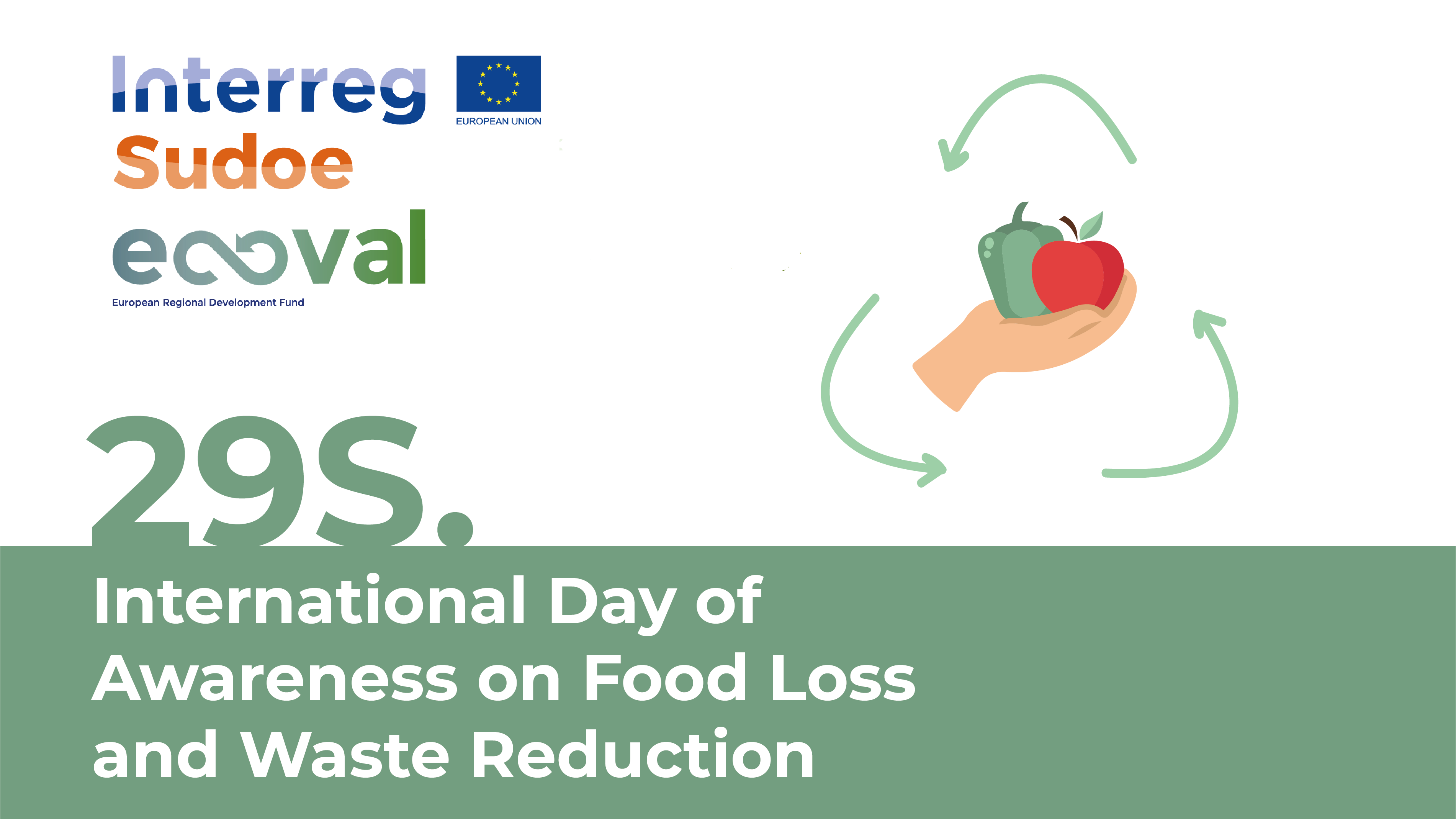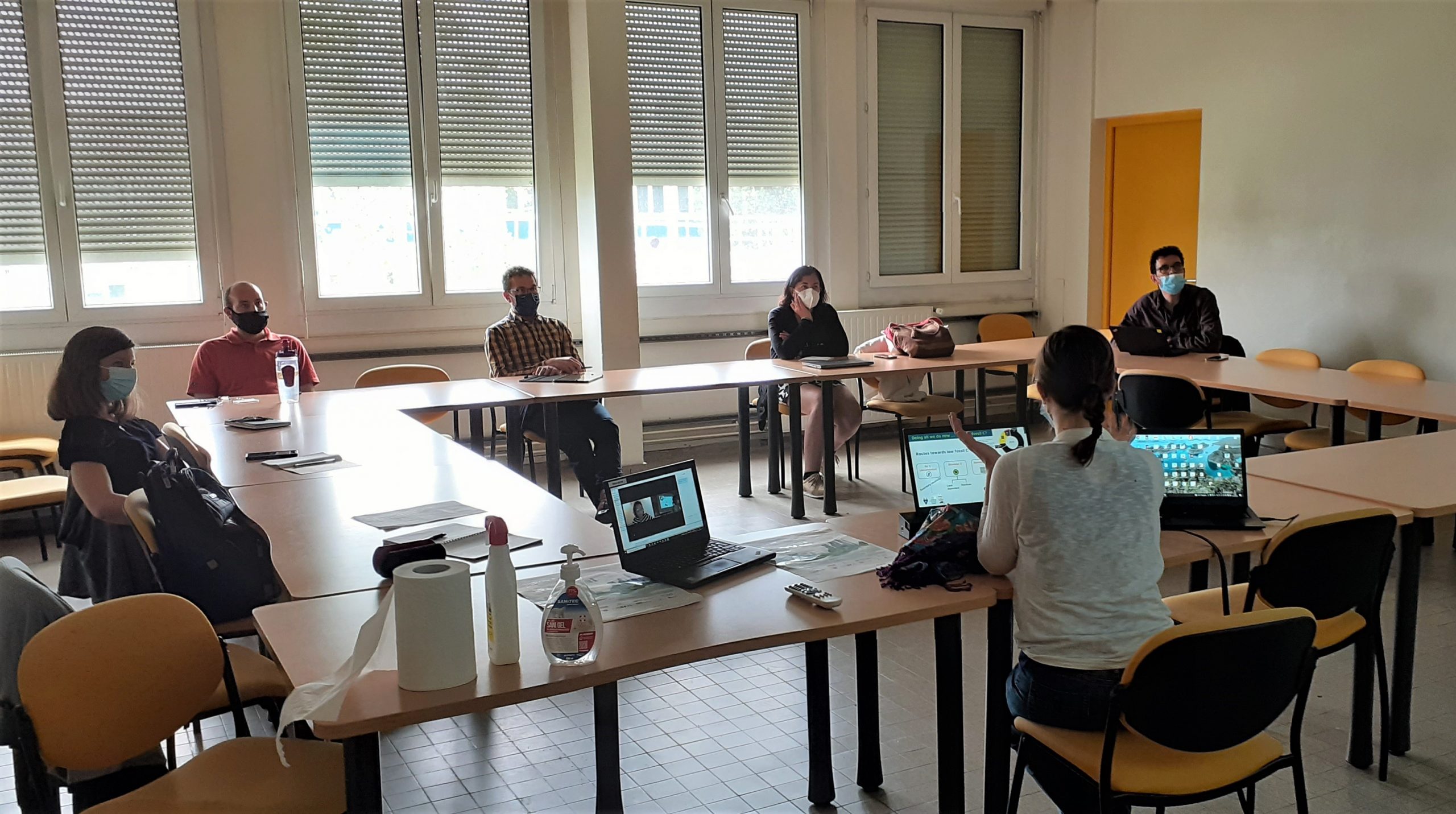The Ecoval Sudoe project continues to gain support! The City Council of Ourense joins today the associated partners’ list that supports the proposal, which pursues a paradigm shift in urban waste management, based on the recovery of organic waste and sewage sludge to obtain high added value bio-products.
The support provided by the City Council of Ourense is essential to achieve the objectives pursued by Ecoval. The entity will facilitate the installation of pilot prototypes for the demonstration of technologies in the WWTP of Ourense and will collaborate in the supply of urban biowaste for the technological demonstrations carried out in the project.
In addition, the Council will also collaborate in public awareness campaigns on the correct separation of organic waste.
With the incorporation of the City Council of Ourense, Ecoval already has the support of 30 entities, from four countries and with competencies in different sectors. You can consult here all the entities that support the project’s commitment to the circular economy and environmental protection.






